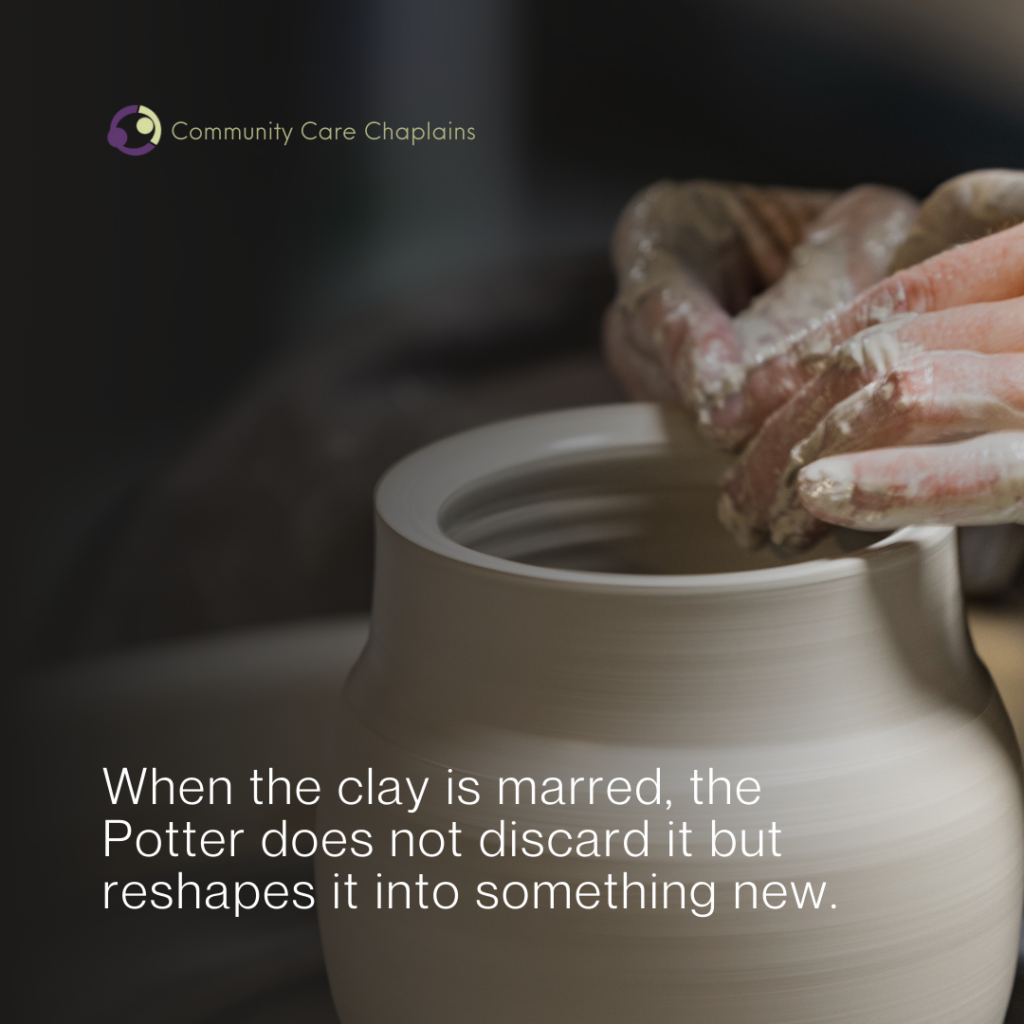Before a vessel takes form, it is simply clay—shapeless, waiting in the hands of the potter. Yet, the potter sees beyond the raw material, envisioning the beauty and purpose within. With care, the clay is molded, refined, and placed into the fire to be strengthened. But even when a vessel is cracked or broken, the potter does not discard it. Instead, they restore it—sometimes in a way that makes it even more valuable than before.
We, too, are vessels in the hands of the Divine Potter. Formed with love and purpose, we carry both strength and fragility. Life inevitably brings moments of breaking—through pain, loss, or failure. Yet, just as the Japanese art of Kintsugi mends shattered pottery with gold, God does not erase our brokenness but fills it with grace. Our cracks become a testimony of His transforming power, making us even more radiant than before.
In Jeremiah 18:1-6, God tells the prophet to watch the potter at work. When the clay is marred, the potter does not discard it but reshapes it into something new. “Like clay in the hand of the potter, so are you in my hand,” God declares. This is the essence of Kintsugi—what is broken is not worthless; it is the very place where beauty and redemption take shape.
We are not abandoned in our brokenness. The Divine Potter is always at work, reshaping, restoring, and filling our cracks with gold. In His hands, we are not just repaired—we are made even more beautiful, carrying the marks of grace that tell a story of divine love and renewal.


